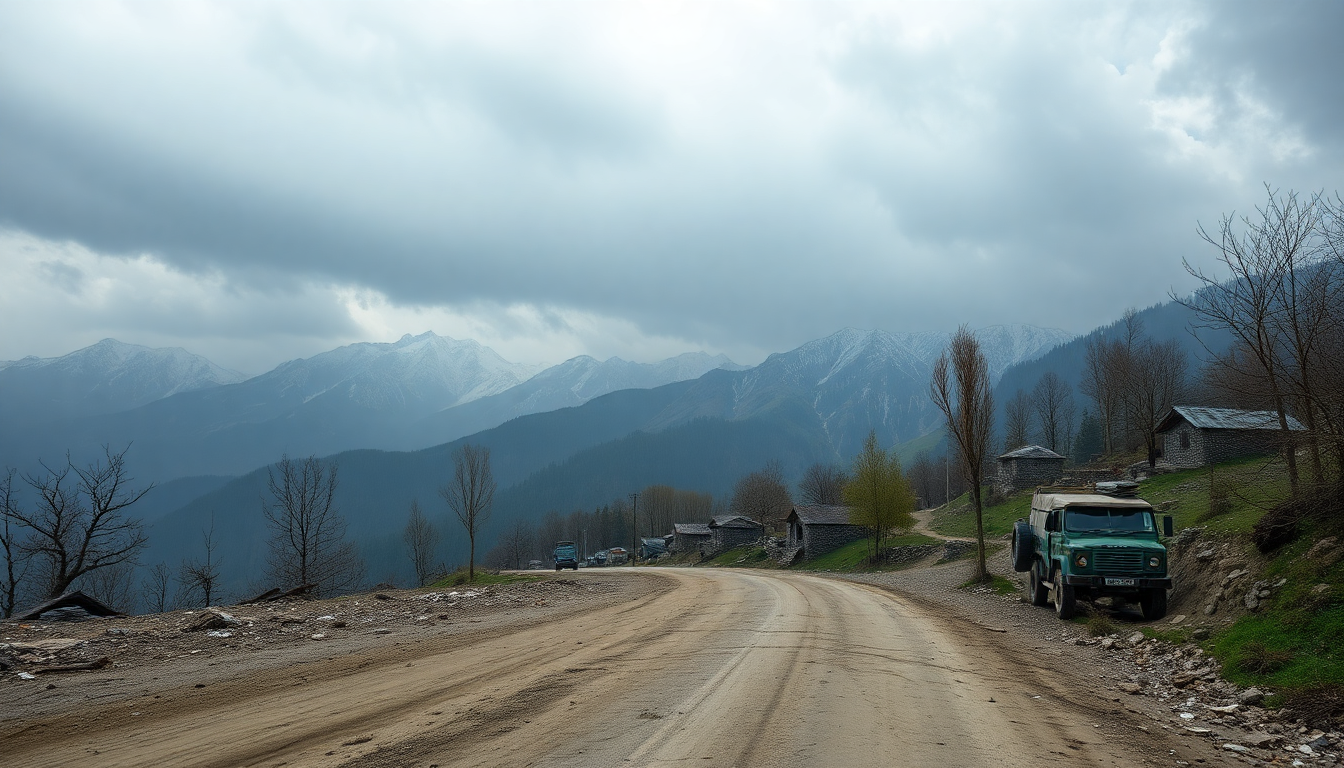Table of Contents
The recent attack in Indian-administered Kashmir, which tragically claimed 26 lives, has once again brought the region’s tensions to the forefront, not just locally but internationally too. Initially attributed to The Resistance Front (TRF), this incident has shone a spotlight on the ongoing conflict in this highly sensitive area. The United States has responded by designating TRF as a foreign terrorist organization, adding another layer of complexity to an already intricate geopolitical landscape. So, what are the implications of this attack, and how does it fit into the broader historical context of Kashmir? Let’s take a closer look.
What Happened and How Did the World React?
The violent episode in Kashmir, which took place in April, was particularly brutal, targeting civilians in Pahalgam, a popular tourist destination. TRF claimed responsibility for the attack, but just days later, they denied it, leaving many questioning their accountability and motives. U.S. Secretary of State Marco Rubio highlighted the commitment to counter terrorism, framing the sanctions against TRF as essential for national security and a step toward justice for the victims of the Pahalgam attack. But does this really address the root causes of such violence?
India was quick to respond, with Prime Minister Narendra Modi’s government pointing fingers at Pakistan for the violence. This accusation isn’t new; it’s part of a longstanding narrative that Pakistan supports militant groups in the region. The situation is further complicated by the historical grievances that have defined India-Pakistan relations, especially regarding Kashmir, which continues to be a flashpoint for violent clashes and military tensions.
A Brief History of Violence in Kashmir
Kashmir has been a contested territory since the partition of India in 1947, leading to several wars and ongoing strife. The Indian military presence in the region has often met with resistance, sometimes violent, from various groups that seek autonomy or independence. The LeT, known for its role in the horrific 2008 Mumbai attacks, has been a significant player in the region’s militancy, making the Pahalgam attack a chilling reminder of the ever-present threat these organizations pose.
The socio-political climate in Kashmir is also fraught with tension. The harsh military rule imposed by India has led to numerous human rights violations and a deep-seated resentment among the local population. This discontent is often seized upon by militant groups, who frame their agendas as resistance against perceived oppression. The recent attack, therefore, is not just an isolated incident; it’s part of a larger narrative of violence and resistance that has plagued the region for decades. How can we expect peace when so many underlying issues remain unresolved?
The Geopolitical Landscape and What Lies Ahead
The international ramifications of this attack stretch beyond the borders of India and Pakistan. The U.S. labeling TRF as a terrorist organization signals a willingness to engage with the complex dynamics of South Asian geopolitics. The previous administration’s involvement highlights the potential for foreign influence in either resolving or exacerbating conflicts in the region. Yet, India’s rejection of U.S. mediation in Kashmir underscores its desire to maintain control over the narrative and manage its internal affairs without outside interference.
Looking ahead, the future of Kashmir remains uncertain. The potential for further violence is high, especially if the underlying grievances continue to fester. As both India and Pakistan navigate their domestic and international challenges, the delicate balance of power in the region will likely be tested. The role of the international community could prove crucial in mediating tensions, but the complexities of national pride, historical grievances, and militant ideologies make any resolution incredibly challenging. Can we find a way forward, or are we destined to repeat the cycle of conflict?


